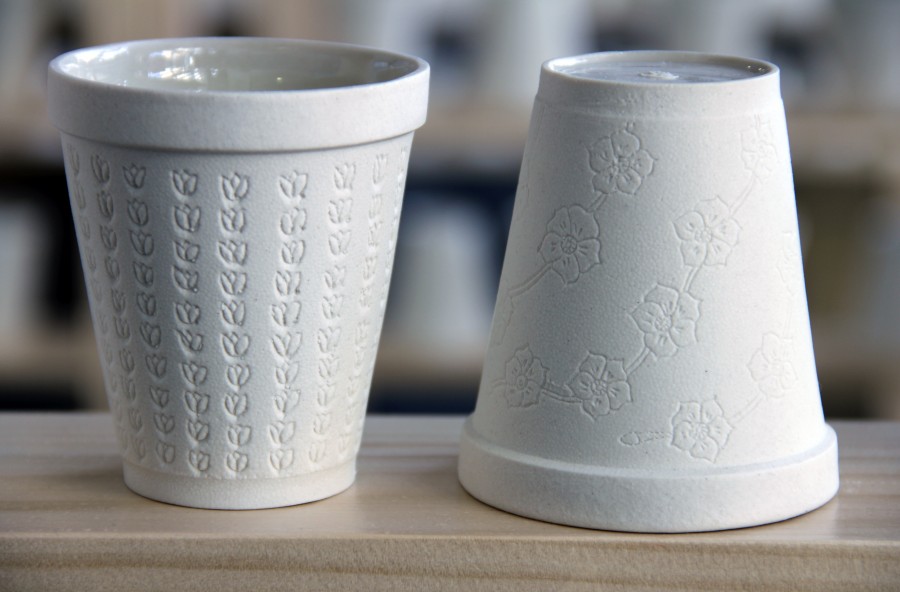Remaking the Exceptional: Tea, Torture, & Reparations | Chicago to Guantánamo
@ DePaul Art Museum
935 W Fullerton Ave, Chicago, IL 60614
On view through Sunday, August 7th
When someone sits, sips, and reflects over a cup of tea there is space to ask questions about one’s relationship to the world: a world that is filled with dehumanization, war, and destruction; a world that is filled with moments of beauty, love, and resistance.
–Amber Ginsburg and Aaron Hughes, Tea Project (2021)
Remaking the Exceptional marks 20 years since the opening of the United States’ extralegal prison in Guantánamo by examining local and international ramifications of state violence, while also uplifting acts of creative resistance. This exhibition highlights connections between policing and incarceration in Chicago and the human rights violations of the “Global War on Terror.” It celebrates the struggle for survival, justice, and reparations by imprisoned people, activists, and artists. Remaking the Exceptional brings together a diverse group of artists and activists working on the legal and moral implications of torture and incarceration.
In 2002, following the start of the “Global War on Terror,” the United States established an extralegal military prison at Guantánamo Bay Naval Base, Cuba. The location was chosen to intentionally avoid U.S. and international law. Since then it has been the site of major human rights violations, such as holding people for indefinite periods of time without trial, subjecting them to extreme interrogation methods, torture, and even death. Extralegal imprisonment and torture at Guantánamo is also directly connected to the Chicago Police Department through detective and Navy Reserves Lt. Richard Zuley. After years of subjecting poor, Black, and brown Chicagoans to torture, Zuley oversaw torture at Guantánamo from 2002 to 2004. But this was not the first time the violence of wars abroad have come home to Chicago. Under the direction of police commander and Vietnam veteran Jon Burge, police subjected hundreds of predominantly Black men and women to torture between 1972 and 1991. In 2015, after years of activism by torture survivors, mothers, artists, educators and attorneys, Chicago passed the first tangible reparations for racially motivated police violence in the United States. Inspired by this victory, Remaking the Exceptional celebrates the history of local and global movements for reparations.
This exhibition features works produced by torture survivors, artists, activists, and collectives with long-term commitments to creating visions of justice. It includes Abdualmalik Abud, Mansoor Adayfi, Djamel Ameziane, Muhammad Ansi, Ghaleb Al-Bihani, Dorothy Burge, Chicago Torture Justice Memorials, Debi Cornwall, Assad “Haroon” Gul, Mashaun Hendricks, Invisible Institute, Damon Locks, Lucky Pierre, Trevor Paglen, Prison + Neighborhood Arts/Education Project, Khalid Qasim, Sabri Mohammad Ibrahim Al Qurashi, Ahmed Badr Rabbani, and Sarah-Ji Rhee. Remaking the Exceptional is organized by DePaul Art Museum staff and is curated by contributing artists Amber Ginsburg and Aaron Hughes. The Tea Project, which informs the development of this exhibition, is an ongoing series of installations and performances that create opportunities to engage with local and global histories of war, torture, and confinement. Through the project, tea serves as a contradictory metaphor for imperialism and settler colonialism on the one hand, and human connection and international solidarity on the other.
Generous support for this exhibition has been provided by The Andy Warhol Foundation for the Visual Arts.
Official Website
More events on this date
Tags: Aaron Hughe, Abdualmalik Abud, Ahmed Badr Rabbani, Amber Ginsburg, Assad “Haroon” Gul, Chicago, Damon Locks, Debi Cornwall, DePaul Art Museum, Djamel Ameziane, Dorothy Burge, Ghaleb Al-Bihani, Invisible Institute, Khalid Qasim, Lincoln Park, Lucky Pierre, Mansoor Adayfi, Mashaun Hendricks, Muhammad Ansi, Prison + Neighborhood Arts/Education Project, Remaking the Exceptional: Tea, Remaking the Exceptional: Tea Torture & Reparations | Chicago to Guantánamo, Sabri Mohammad Ibrahim Al Qurashi, Sarah-Ji Rhee, Trevor Paglen

« previous event
next event »